In November 2018, I embarked on a cruise-expedition to the Subantarctic Islands of New Zealand and Australia. I spent two weeks on a ship, hopping from island to island with like-minded people, watching birds and making photos. It was a true voyage of discovery for me, one I’ll remember forever.
Below is an introduction to the subantarctic islands. Scroll down for the pictures ;)
The subantarctic islands (Snares, Auckland, Campbell, Antipodes, Bounty of New Zealand, Macquarie of Australia) are UNESCO World Heritage sites, recognized for the unique wildlife their isolation fostered. They were explored by Europeans during the 19th century, and used as sealing and whaling bases for several years, decimating mammal populations in the area.
Now they are more remote than ever, enjoying full protection, with no one living there anymore. As such, they are accessible only to a few priviledged ones, researchers or tourists traveling with permit-holding tour companies.
Geology in this region is fascinating. Some islands are of volcanic origins, others are old continental granite while one is sea floor risen by tectonic activity. Vegetation is varied, from daisy tree forests to tussock-covered plateau, with kelp omnipresent in tidal areas.
What attracted me to these places originally was birds. I’ve been passionate about birds since my childhood, and I’ve enjoyed seeing and photographing them around the world ever since. The subantarctic islands shelter some very unique species, of which many cannot be seen anywhere else. Snares, Erect-crested and Royal penguins nest only on some of these islands, Campbell is the main breeding ground for Southern royal albatrosses and they hold good numbers of fur seals and elephant seals.
One of the main threats these island face is introduced pests (rats, rabbits, stoats…), for life there has evolved without any land mammal. Rats and stoats eat seabird eggs and chicks, rabbits eat the vegetation; several ambitious pest eradication projects have been carried on and most islands, now pest-free, have seen a resurgence in native life. Campbell teals and snipes seem quite common on Campbell Island now that rats have disappeared.
However, life there still faces many challenges: albatrosses are caught in fishing lines, and global warming displaces fish populations, making it difficult for many penguins to feed their chicks.
Thus, it’s important to raise awareness for this amazing region, and its protection. I hope my pictures can contribute.
More info: samuelbloch.weebly.com

 Dark Mode
Dark Mode 

 No fees, cancel anytime
No fees, cancel anytime 










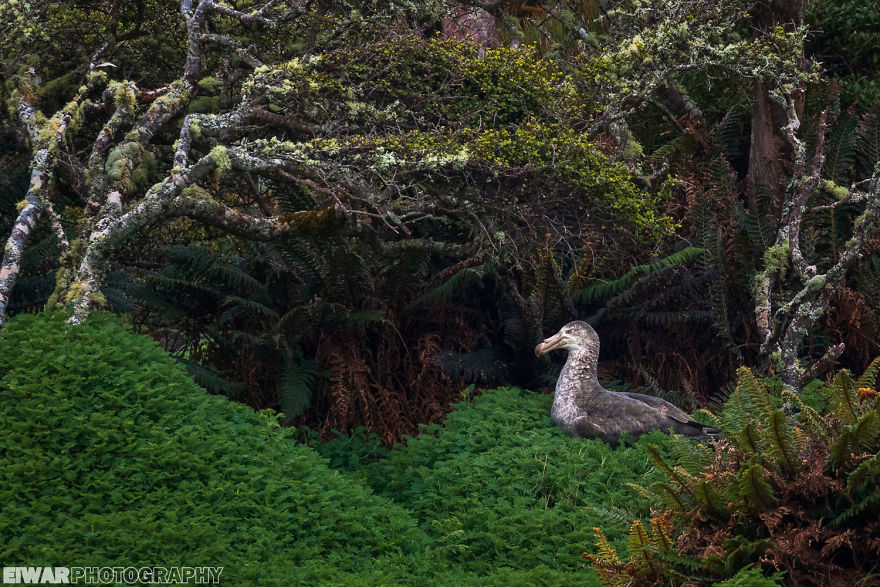
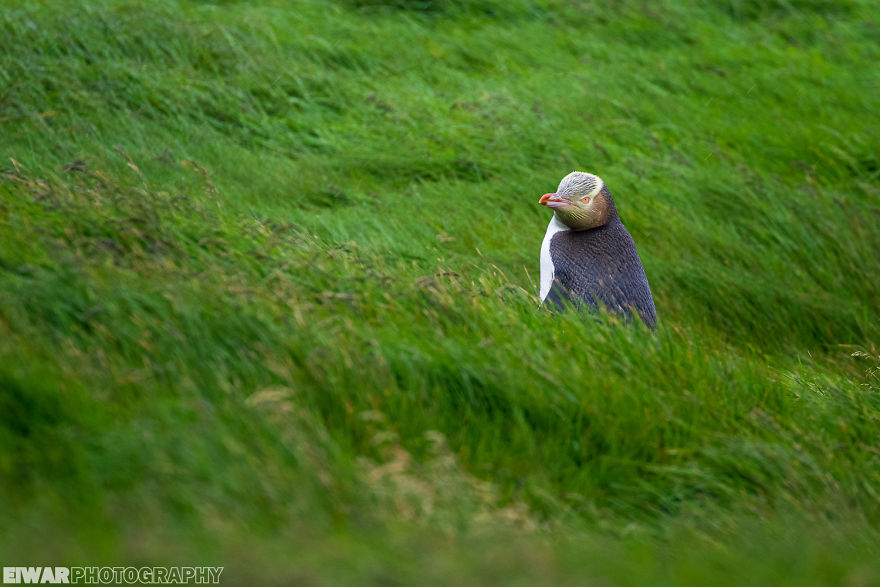
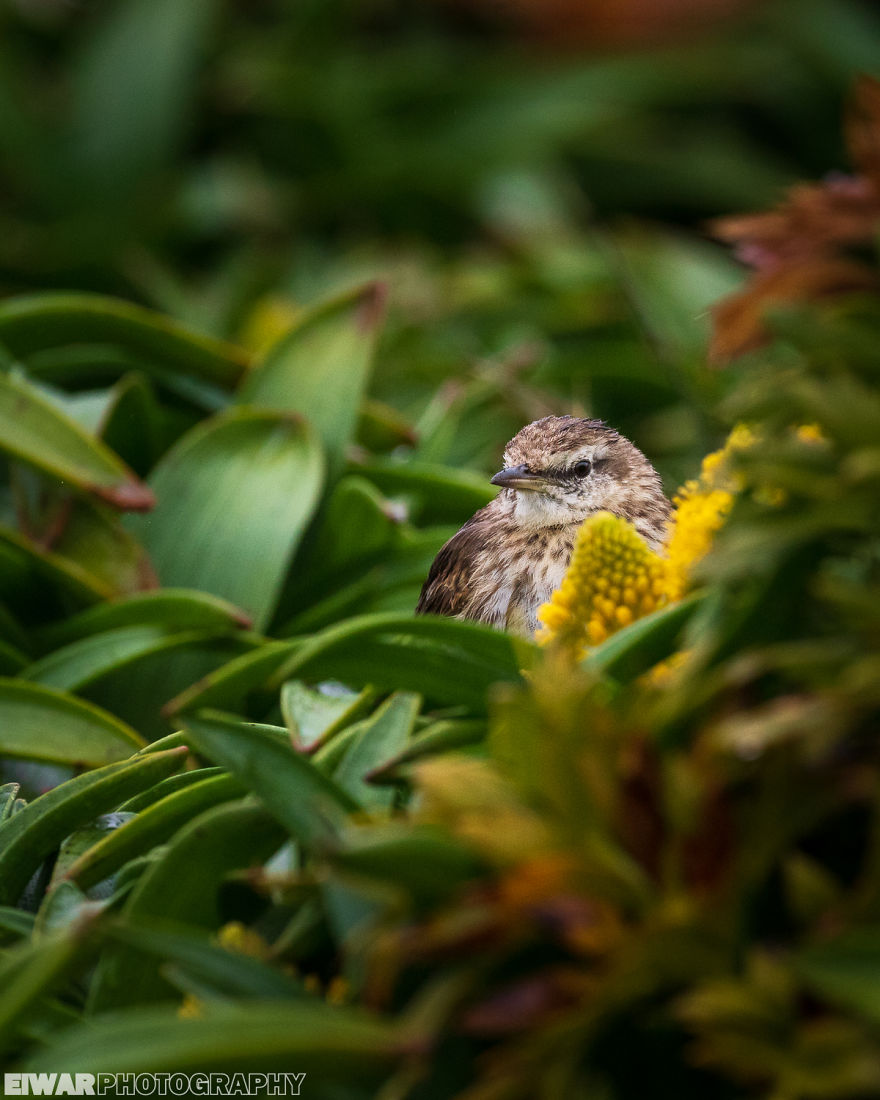
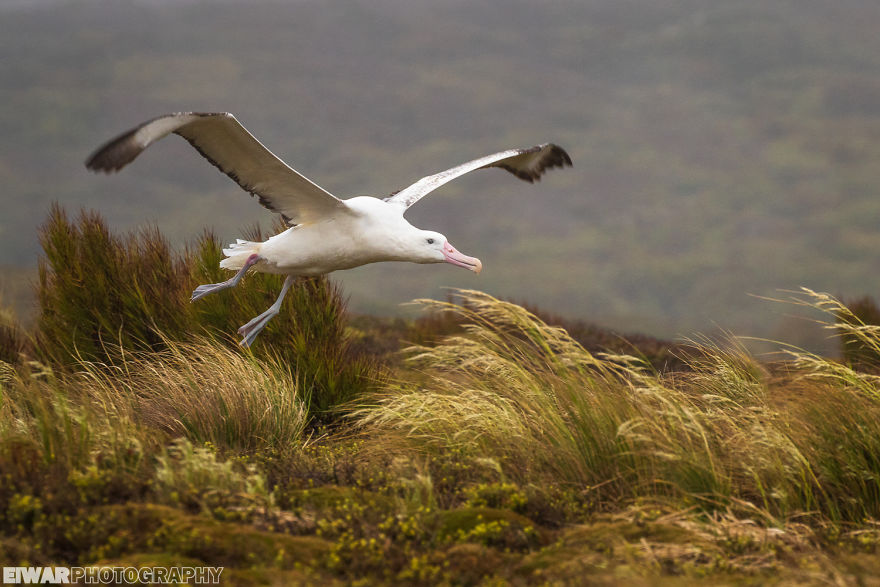
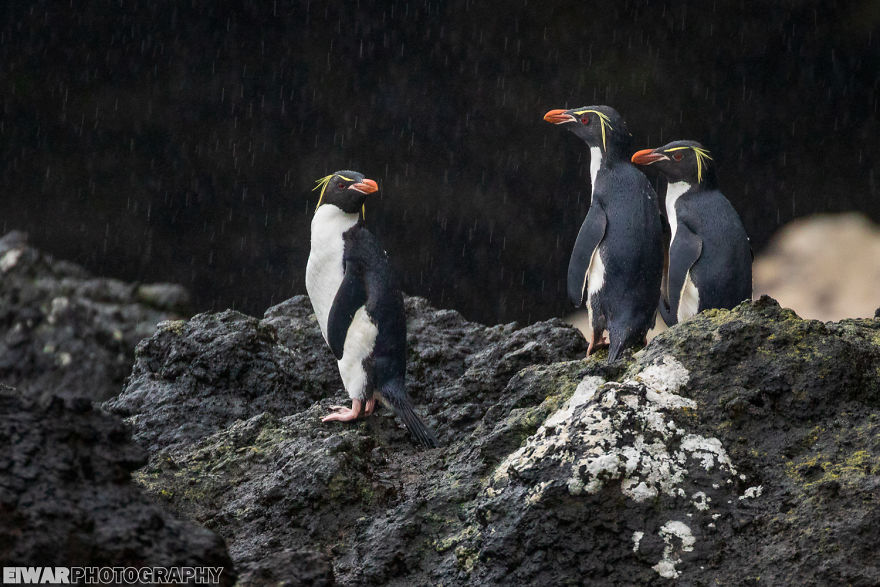
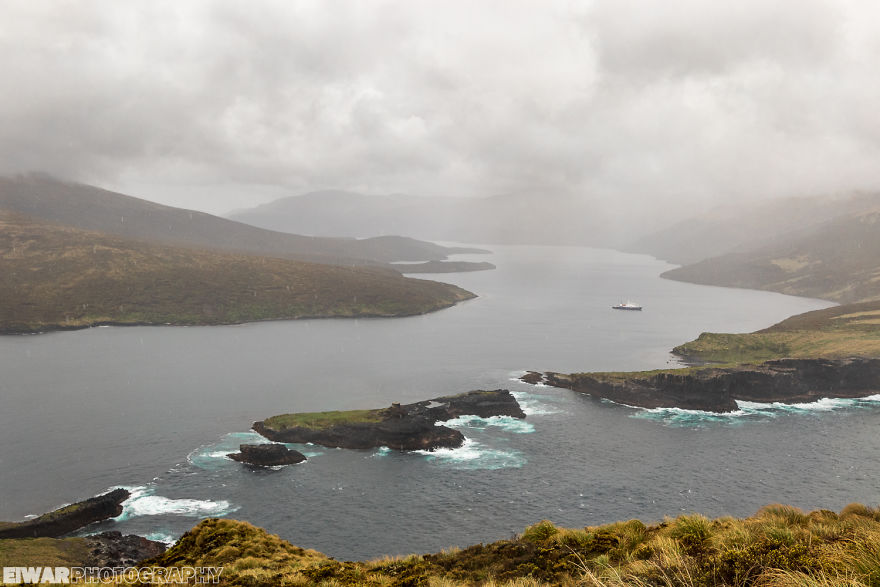
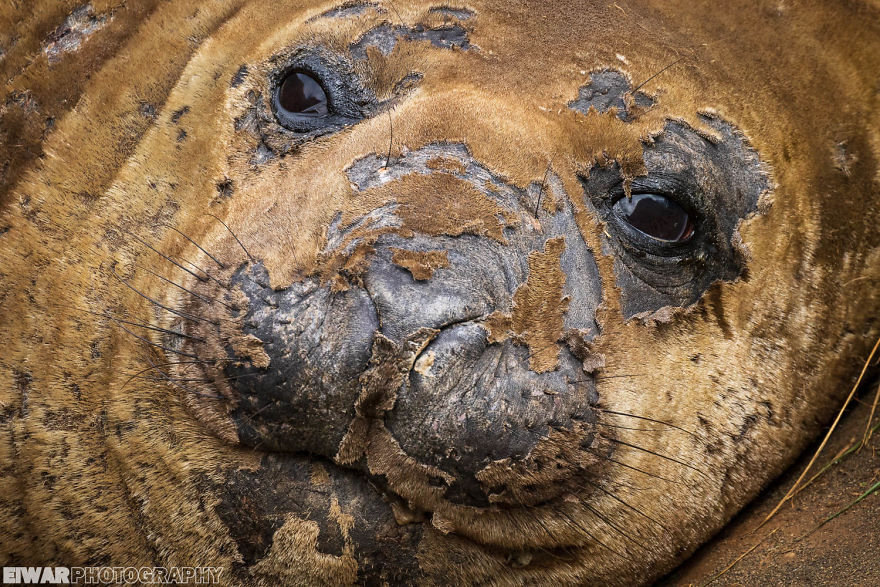
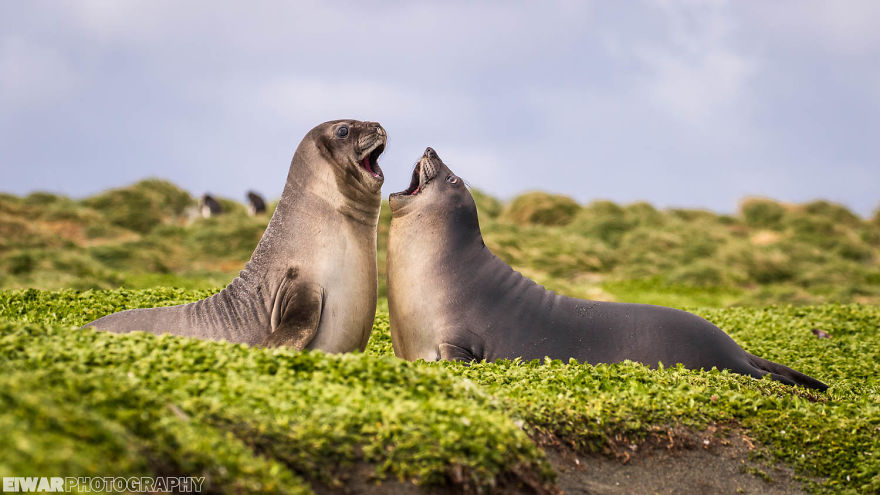
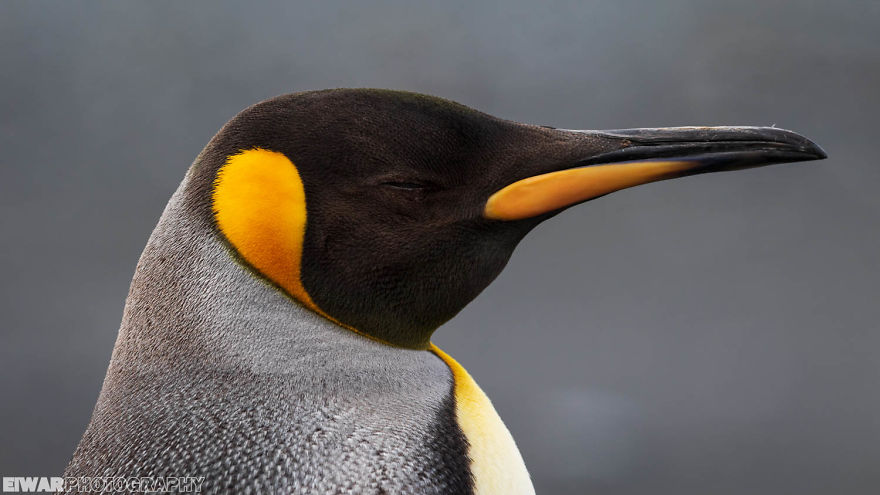
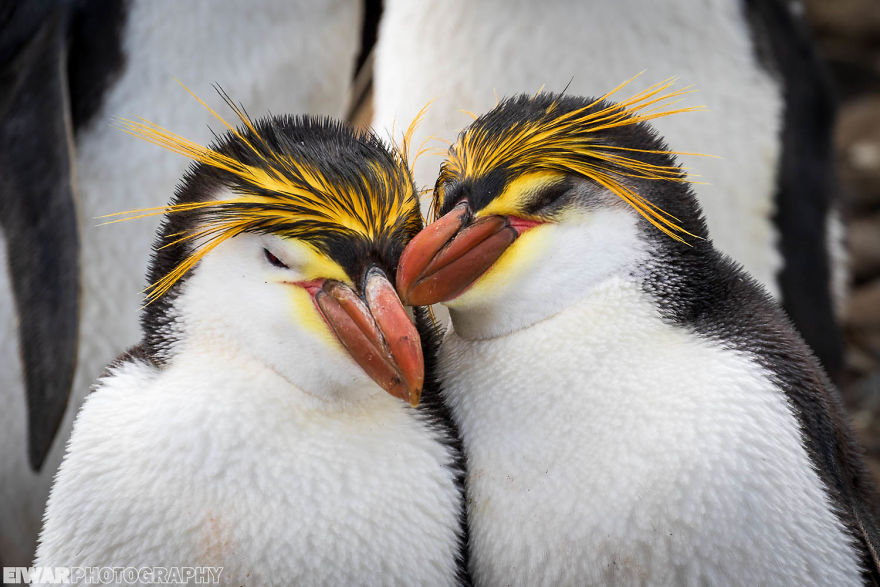
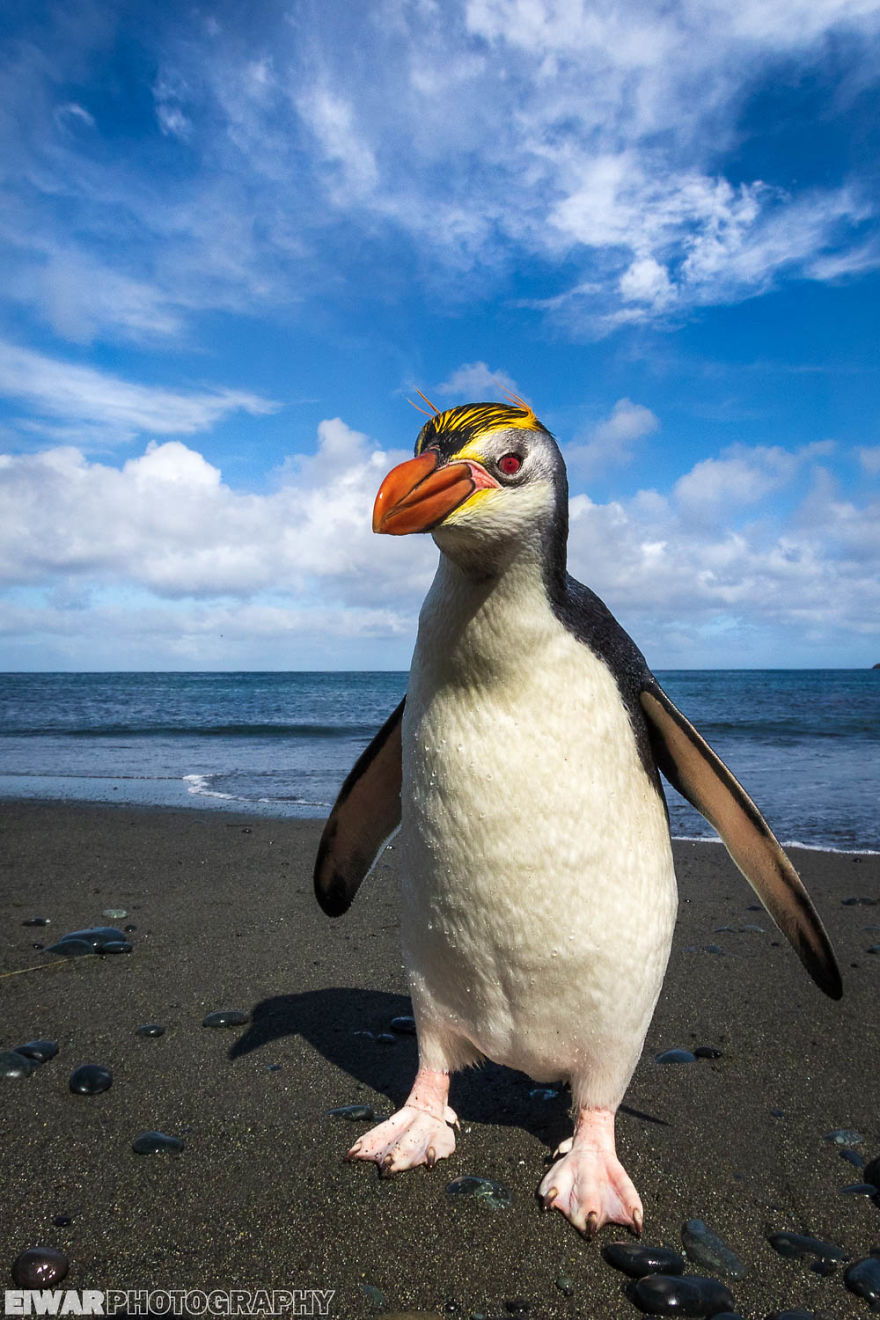
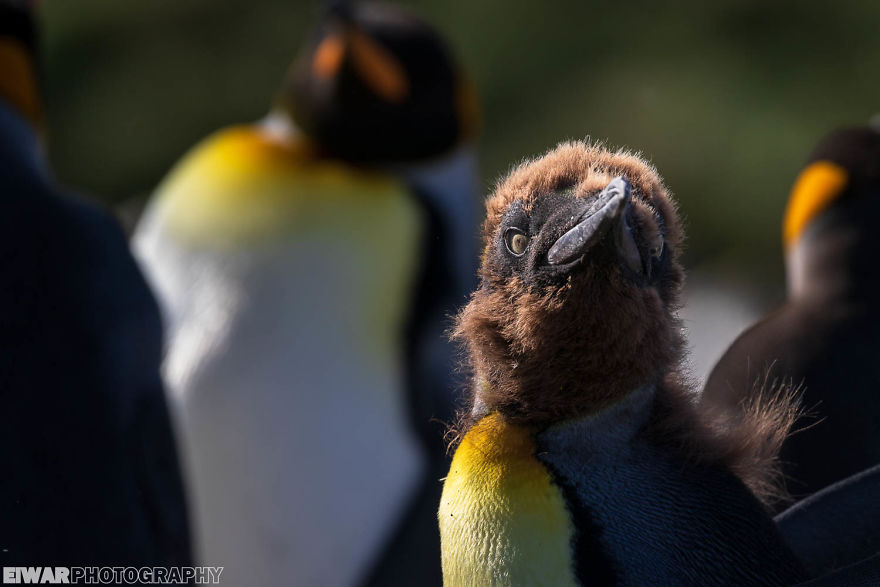
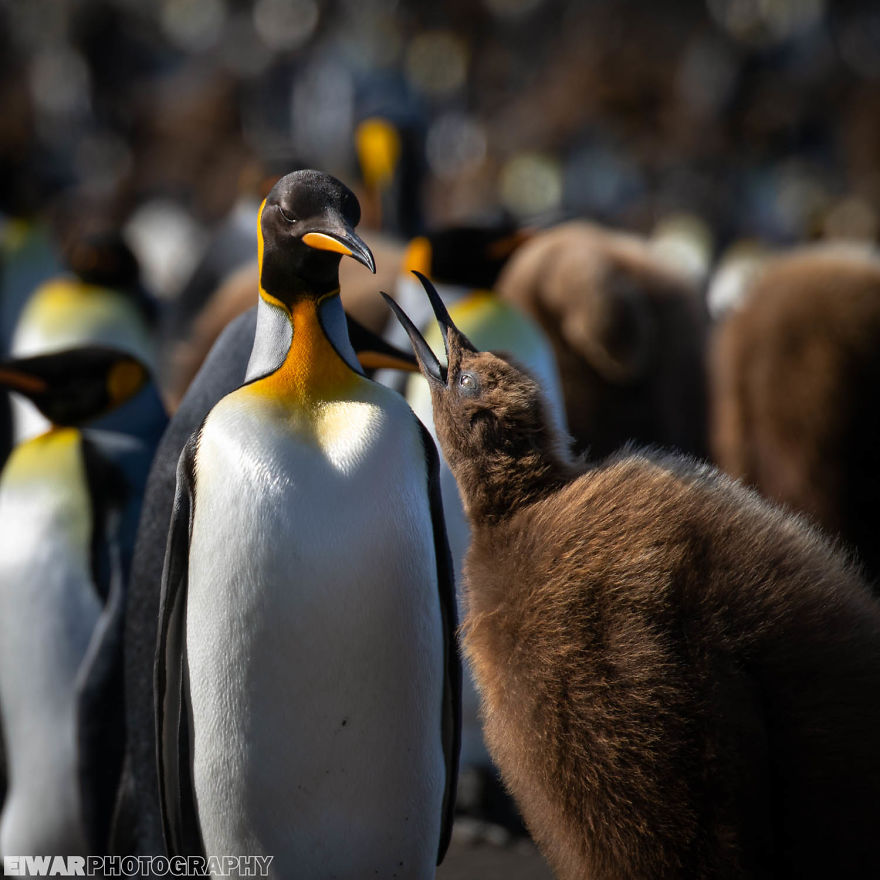
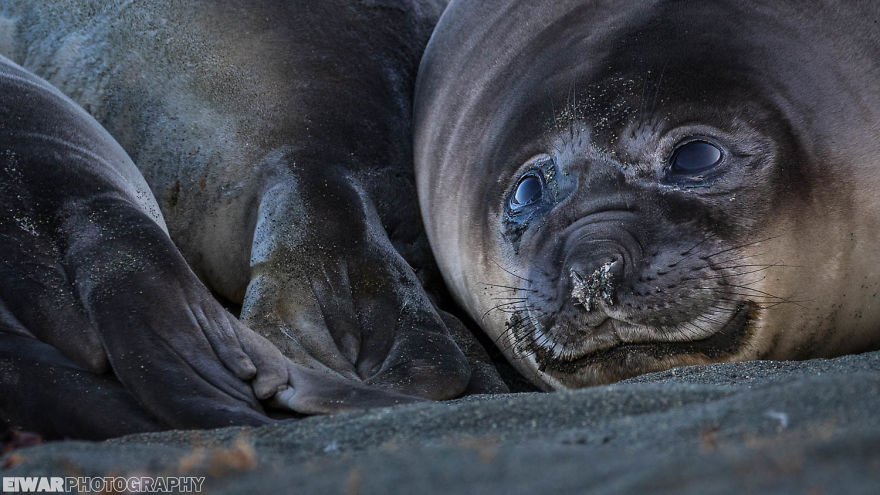
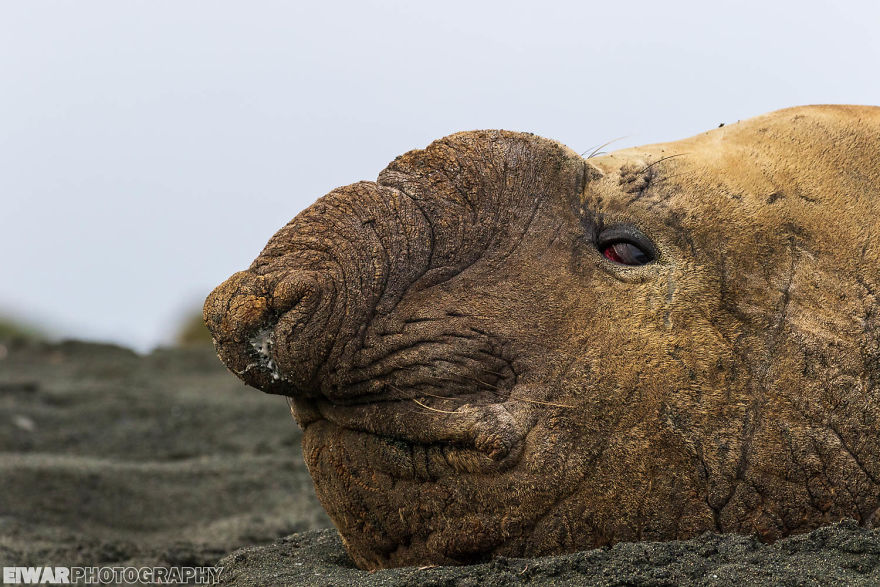
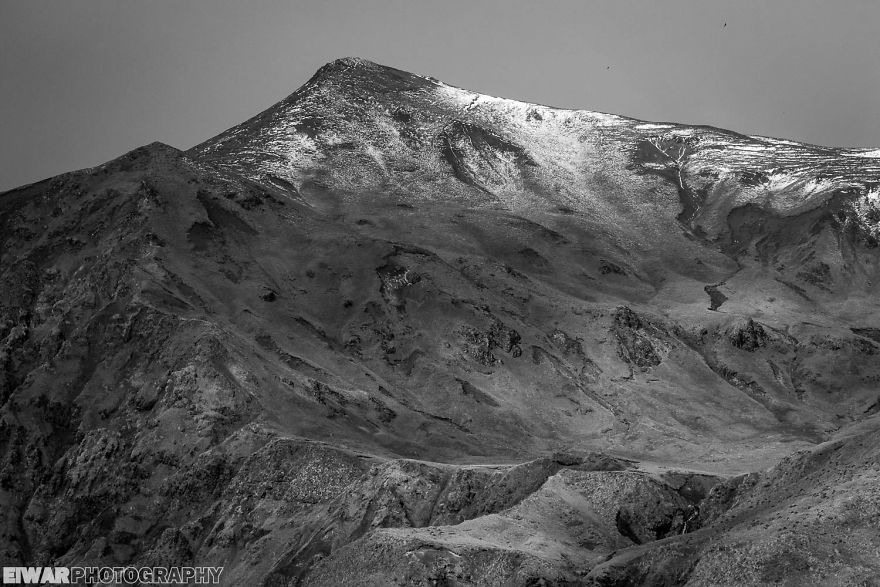
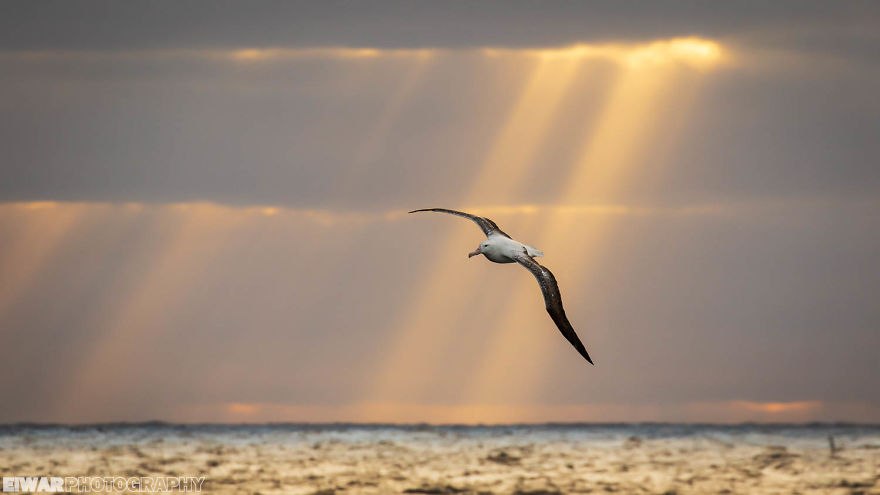
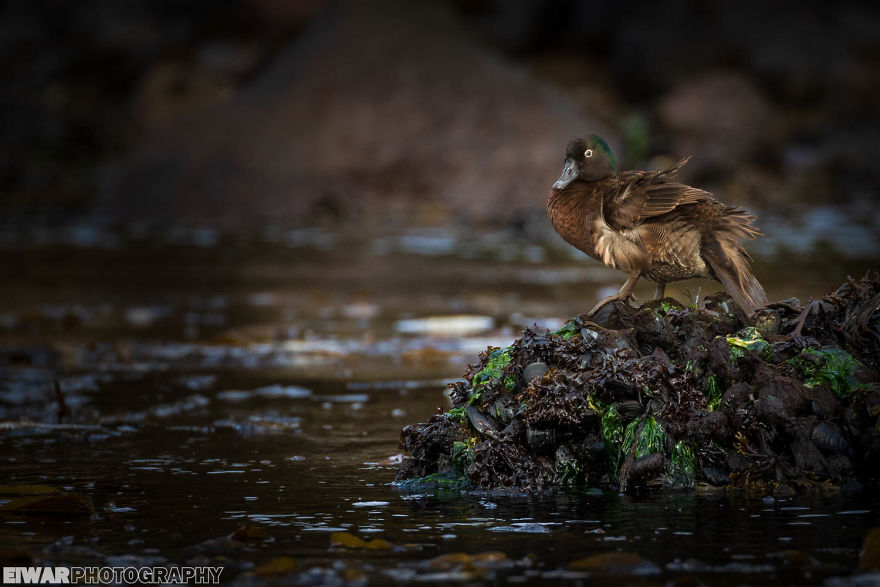
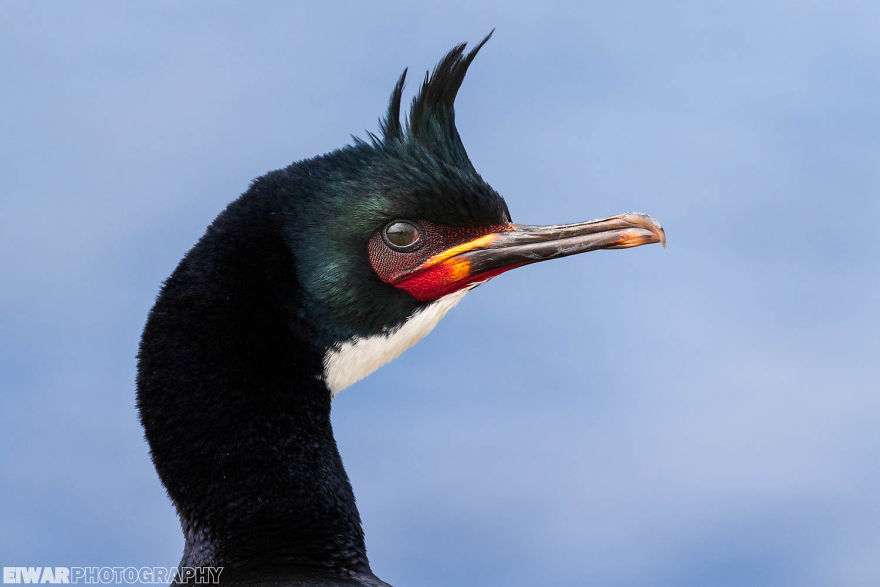
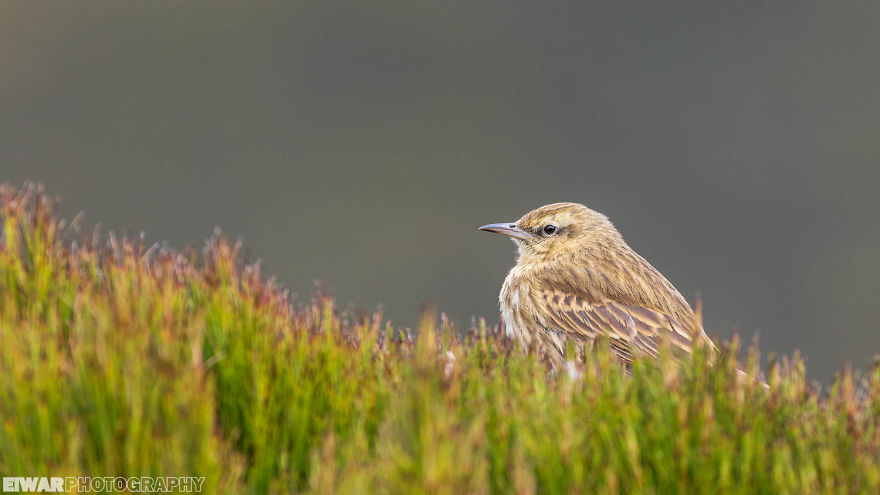
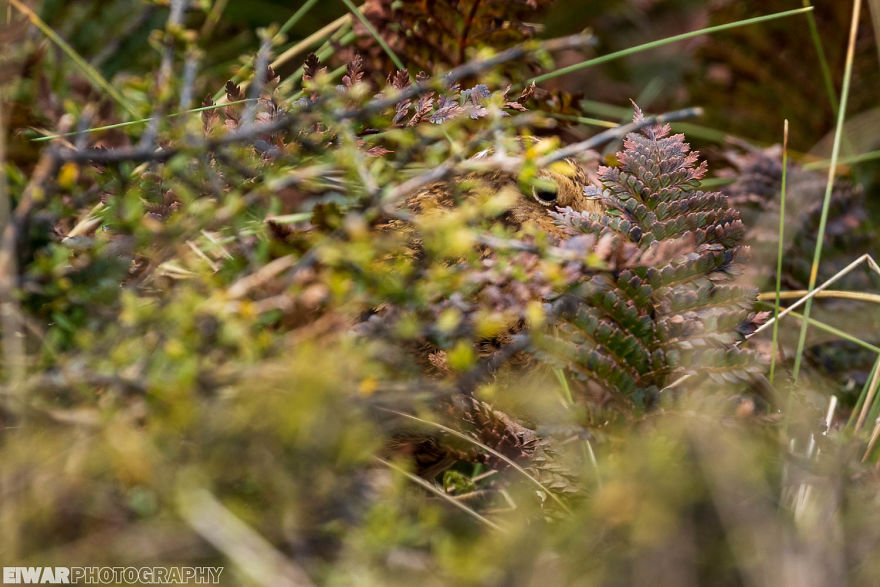
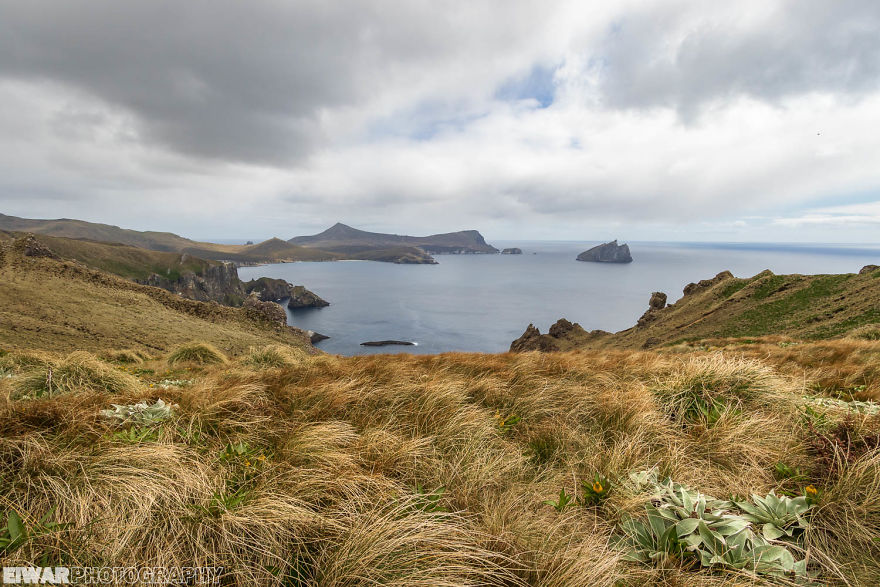
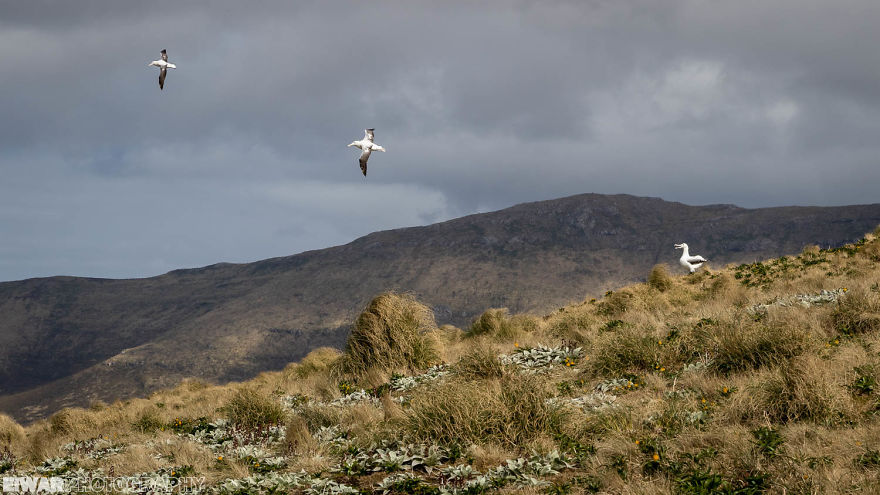

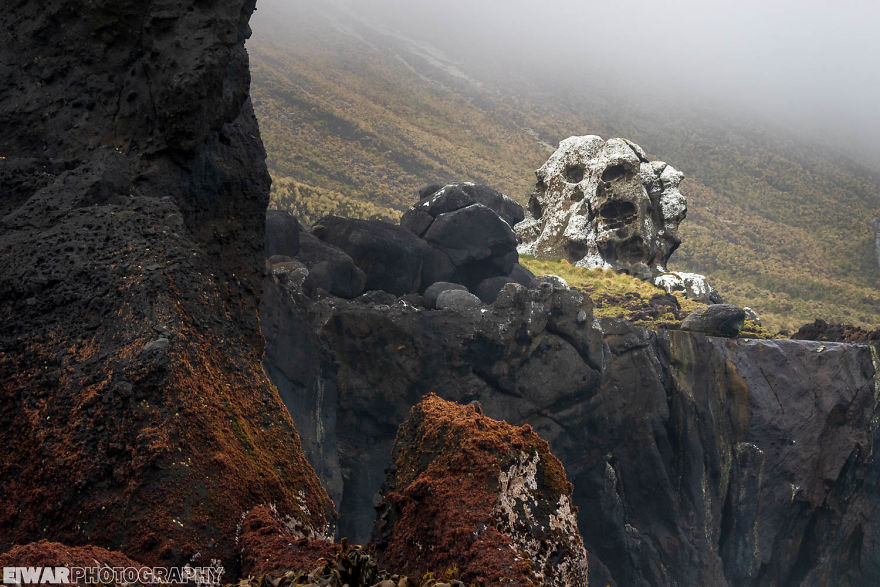

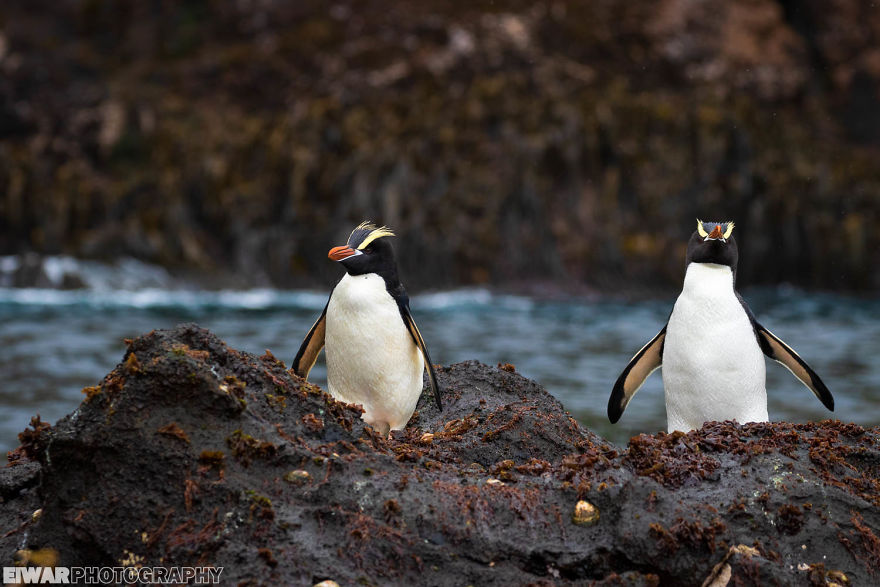
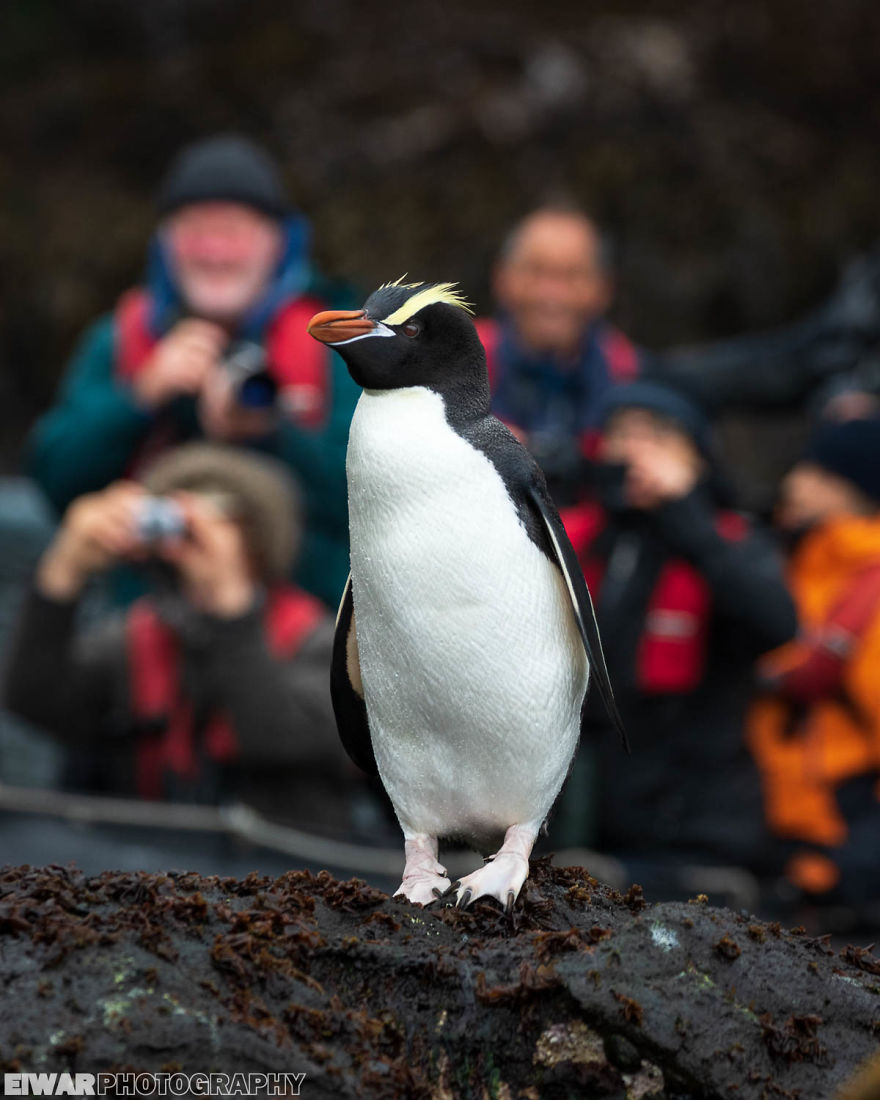
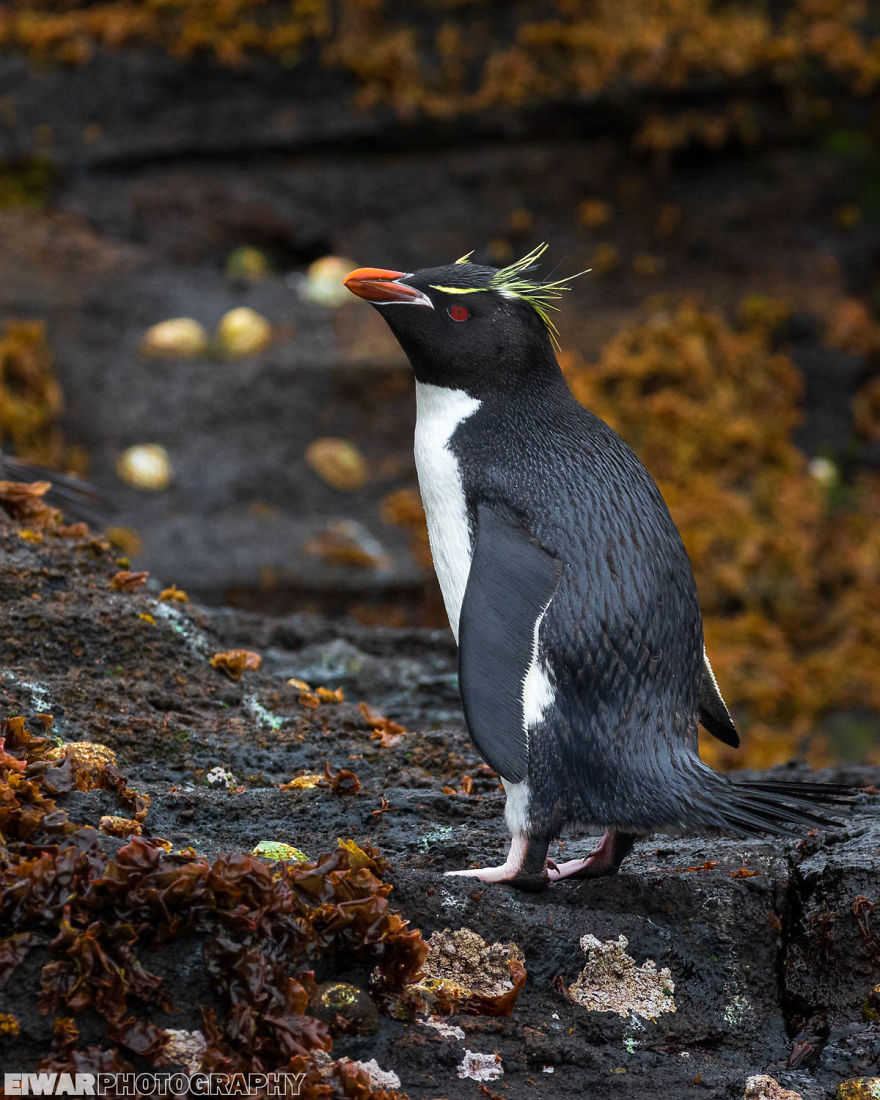
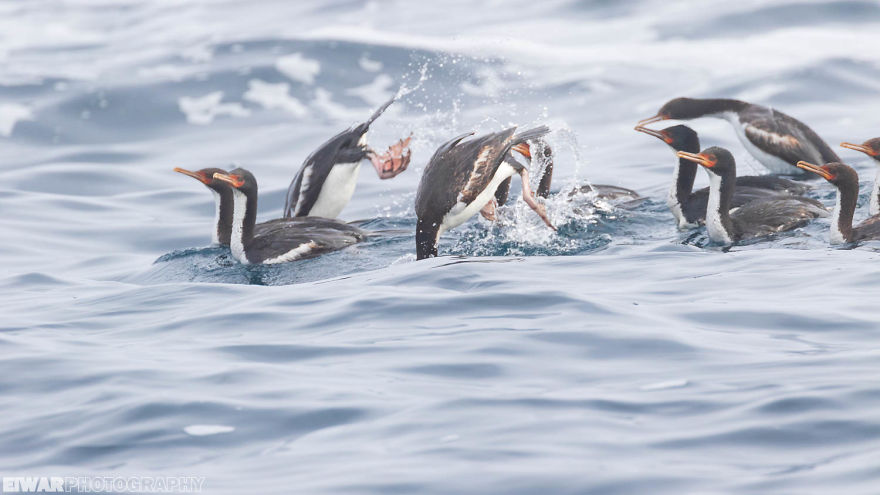
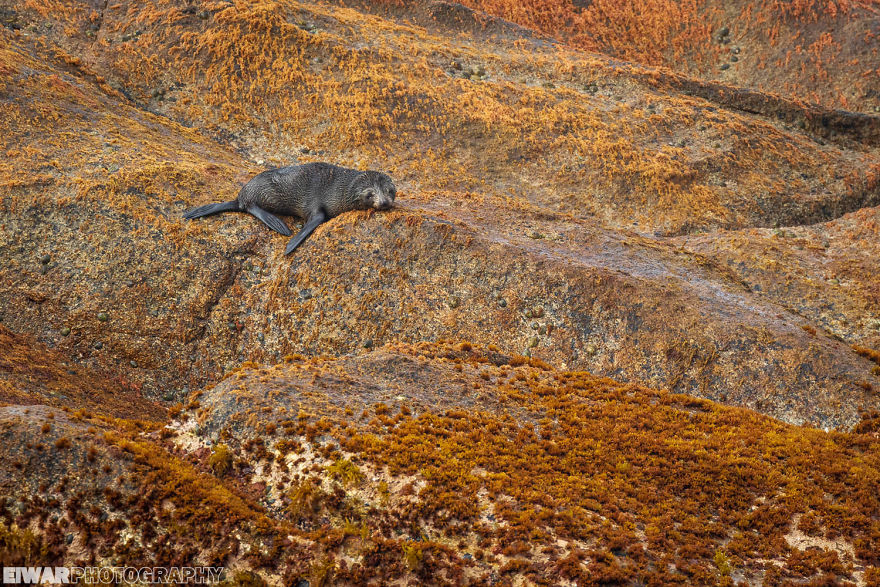
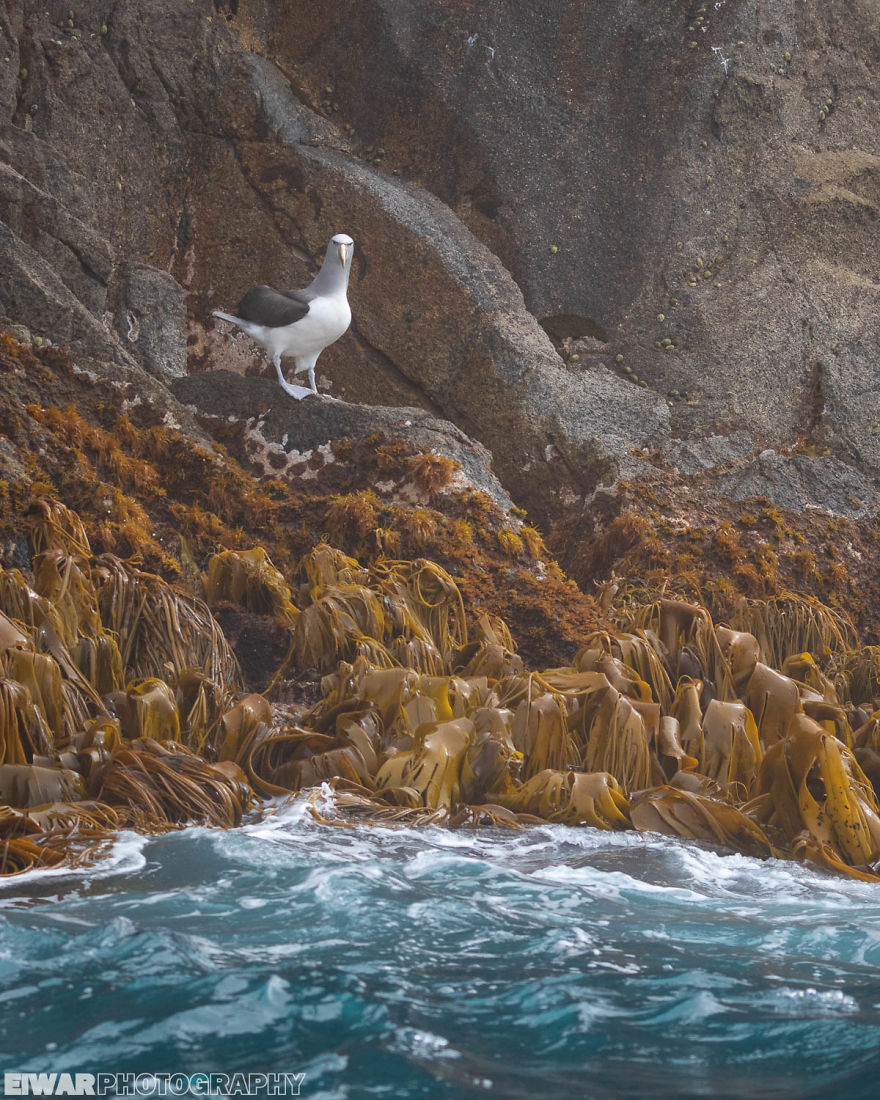
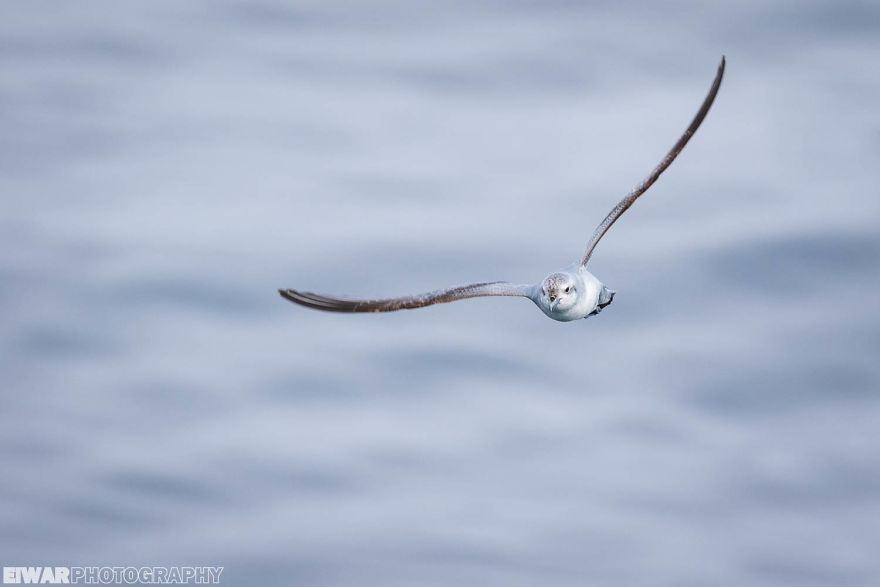
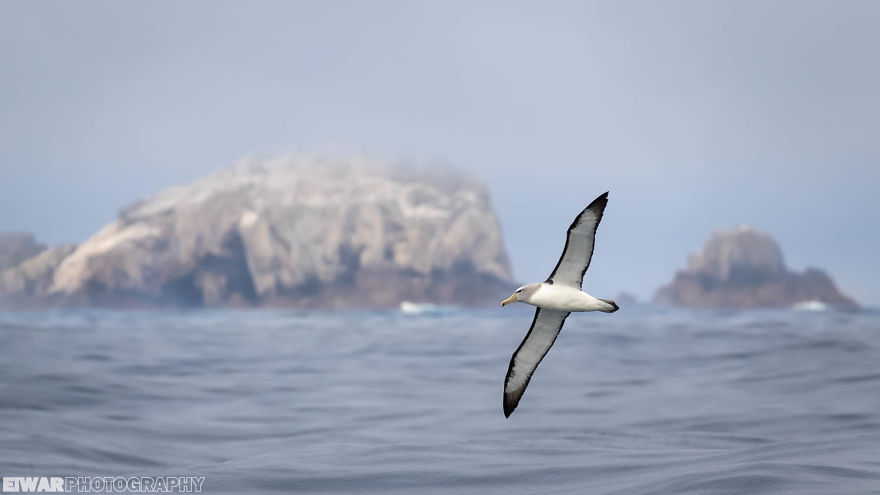
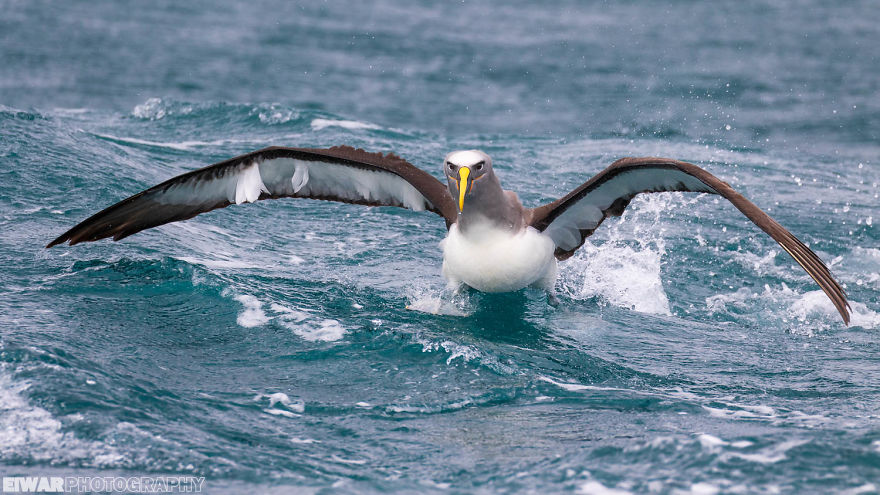
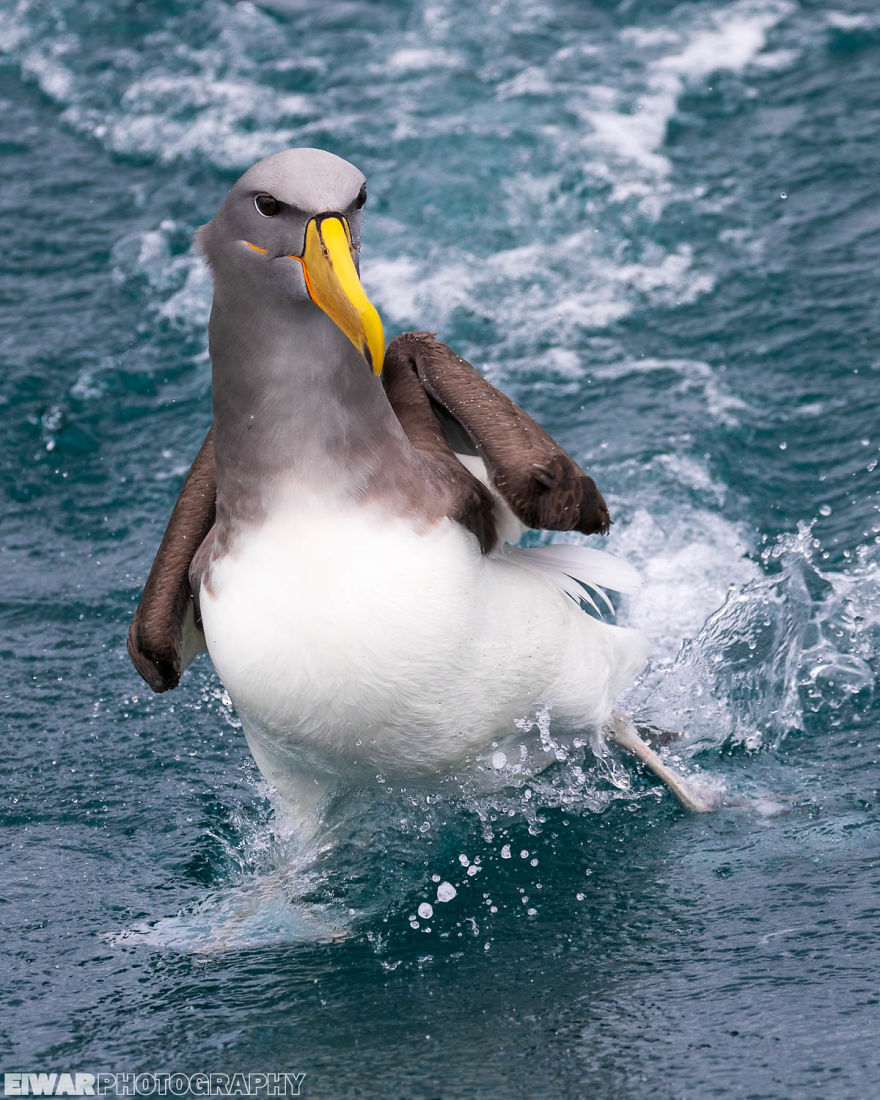
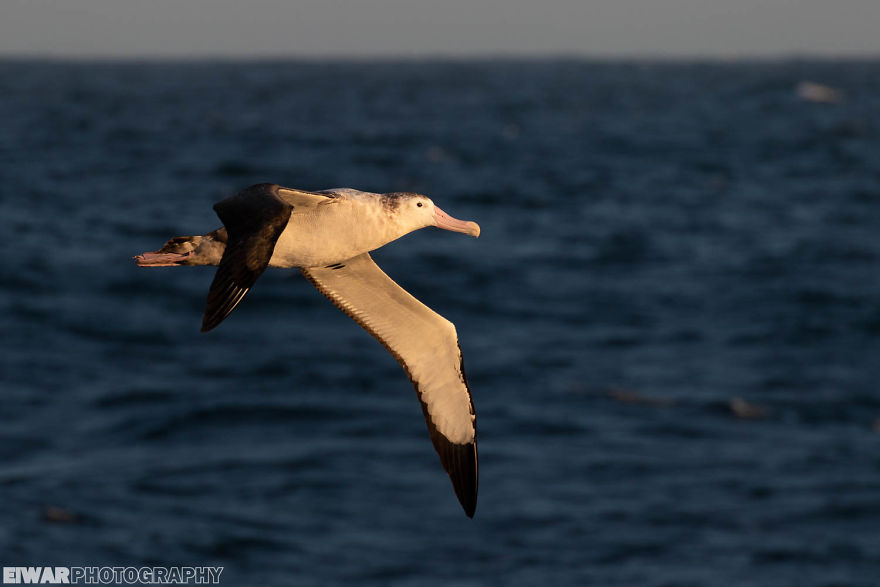











































3
2